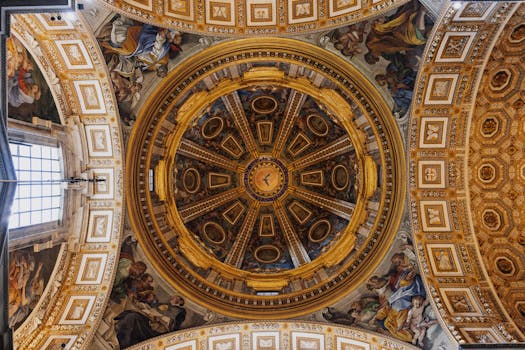
Traveling Through Time: How Europe’s Historical Heritage Shapes Modern Lifestyles in 2025
Traveling Through Time: How Europe’s Historical Heritage Shapes Modern Lifestyles in 2025. Europe, a continent steeped in history and tradition, has a unique ability to blend the old with the new. From the ancient ruins of Greece and Rome to the modern cities of London and Paris, Europe’s historical heritage continues to shape modern lifestyles in profound ways. In this article, we’ll explore how Europe’s rich cultural legacy influences contemporary life, from architecture to art, fashion, and beyond.
Architecture and Urban Planning
One of the most visible ways in which Europe’s historical heritage shapes modern lifestyles is through architecture and urban planning. Many European cities have preserved their historic centers, with narrow streets, grand piazzas, and iconic landmarks like the Eiffel Tower or Big Ben. These architectural treasures not only attract tourists but also influence the way people live and work. For example, the mixed-use development of historic neighborhoods, where residential, commercial, and recreational spaces coexist, has become a model for modern urban planning.
Art and Culture
Europe’s historical heritage has also had a profound impact on the continent’s art and culture. From the Renaissance to modernism, European artists have drawn inspiration from the past to create innovative and influential works. Today, this cultural legacy continues to shape modern lifestyles, with many Europeans incorporating traditional arts and crafts into their daily lives. For instance, the revival of traditional folk music and dance has led to a renewed interest in cultural heritage and community-based activities.
Food and Wine
Food and wine are integral parts of European culture, and the continent’s historical heritage has played a significant role in shaping modern culinary traditions. From the Mediterranean diet to French haute cuisine, European cuisine is renowned for its diversity and richness. The preservation of traditional recipes, ingredients, and cooking techniques has not only contributed to the development of modern European cuisine but also influenced the way people eat and socialize. For example, the tradition of Sunday lunches, where families and friends gather to share a meal, remains an essential part of European culture.
Modern Lifestyles
So, how does Europe’s historical heritage shape modern lifestyles in 2025? In many ways, the continent’s rich cultural legacy continues to influence the way people live, work, and interact with one another. For instance, the emphasis on community and social connections, which is rooted in European history and culture, remains a vital aspect of modern life. Additionally, the preservation of traditional skills and crafts has led to a renewed interest in handmade and locally sourced products, which has, in turn, contributed to the growth of sustainable and eco-friendly lifestyles.





